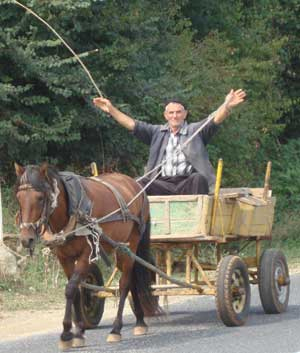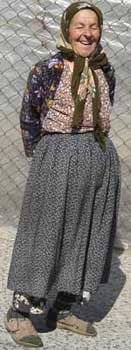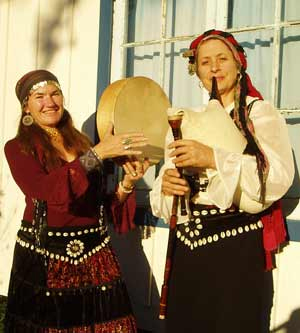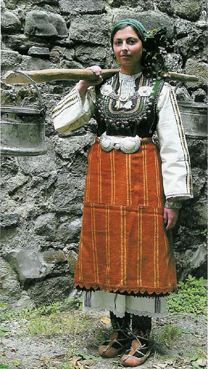BULGARIA NEXT PAGE MACEDONIA
BULGARIA 4 DAYS 3 NIGHTS
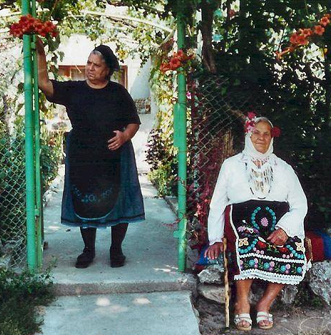
|
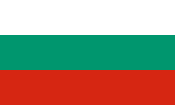
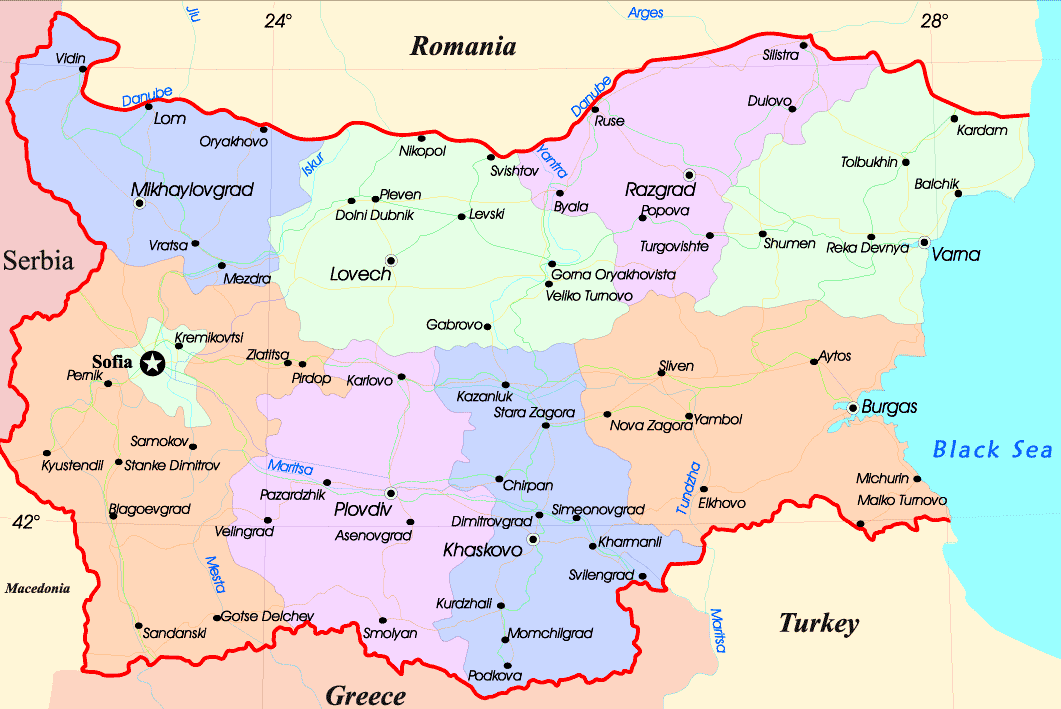 Bulgaria
borders five other countries: Romania to the north (mostly along the
Danube), Serbia and the Republic of Macedonia to the west, and Greece and
Turkey to the south. The Black Sea defines the extent of the country to the
east. With a territory of 110,994 square kilometers, Bulgaria ranks as the
16th-largest country in Europe. Several mountainous areas define the
landscape, most notably the Stara Planina (Balkan) and Rodopi
mountain ranges, as well as the Rila range, which includes the highest peak
in the Balkan region, Musala. In contrast, the Danubian plain in the north
and the Upper Thracian Plain in the south represent Bulgaria's lowest and
most fertile regions. The 378-kilometer Black Sea coastline covers the
entire eastern bound of the country. Bulgaria's capital city and largest
settlement is Sofia, with a permanent population of 1,405,000 people.
Bulgaria
borders five other countries: Romania to the north (mostly along the
Danube), Serbia and the Republic of Macedonia to the west, and Greece and
Turkey to the south. The Black Sea defines the extent of the country to the
east. With a territory of 110,994 square kilometers, Bulgaria ranks as the
16th-largest country in Europe. Several mountainous areas define the
landscape, most notably the Stara Planina (Balkan) and Rodopi
mountain ranges, as well as the Rila range, which includes the highest peak
in the Balkan region, Musala. In contrast, the Danubian plain in the north
and the Upper Thracian Plain in the south represent Bulgaria's lowest and
most fertile regions. The 378-kilometer Black Sea coastline covers the
entire eastern bound of the country. Bulgaria's capital city and largest
settlement is Sofia, with a permanent population of 1,405,000 people.
The emergence of a unified Bulgarian national identity and state dates back to the 7th century AD. All Bulgarian political entities that subsequently emerged preserved the traditions (in ethnic name, language and alphabet) of the First Bulgarian Empire (681 – 1018), which at times covered most of the Balkans and eventually became a cultural hub for the Slavs in the Middle Ages. With the decline of the Second Bulgarian Empire (1185 – 1396/1422), Bulgarian territories came under Ottoman rule for nearly five centuries. The Russo-Turkish War of 1877–1878 led to the establishment of a Third Bulgarian state as a principality in 1878, which gained its full sovereignty in 1908. In 1945, after World War II, it became a communist state and was a part of the Eastern Bloc until the political changes in Eastern Europe in 1989/1990, when the Communist Party allowed multi-party elections and Bulgaria undertook a transition to parliamentary democracy and free-market capitalism. Bulgaria functions as a parliamentary democracy within a unitary constitutional republic. A member of the European Union, NATO, the United Nations and the World Trade Organization, it has a high Human Development Index of 0.840, ranking 61st in the world in 2009.
Quick Facts and Figures
![]()
![]() Official Name Republic of
Bulgaria
Official Name Republic of
Bulgaria
![]()
![]() Capital City Sofia
Capital City Sofia
![]()
![]() Population
7 973 673 people live in Bulgaria
Population
7 973 673 people live in Bulgaria
![]()
![]()
![]()
![]() Languages Turkish,
Russian, Bulgarian others
Languages Turkish,
Russian, Bulgarian others
![]()
![]() Official Currency
Bulgarian Lev 1 Bulgarian Lev = 0,5 Euro
Official Currency
Bulgarian Lev 1 Bulgarian Lev = 0,5 Euro
![]()
![]() Religions Eastern
Orthodox, Musim, others
Religions Eastern
Orthodox, Musim, others
![]()
![]() Land Area
110910 km2
Land Area
110910 km2
| Climate data for Sofia,Bulgaria | ||
|---|---|---|
| Month | Sep | Oct |
| Average high °C (°F) |
22.6 (72.7) |
16.6 (61.9) |
| Average low °C (°F) |
10.6 (51.1) |
5.7 (42.3) |
| Rainfall mm (inches) |
38 (1.5) |
35 (1.38) |
| Avg. rainy days | 4 | 7 |
| Sunshine hours | 216.0 | 170.5 |
